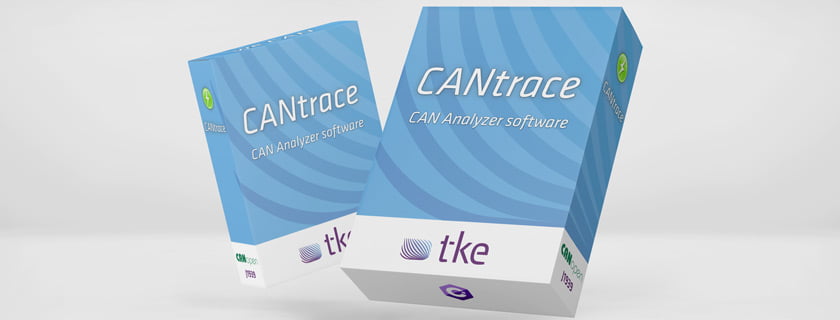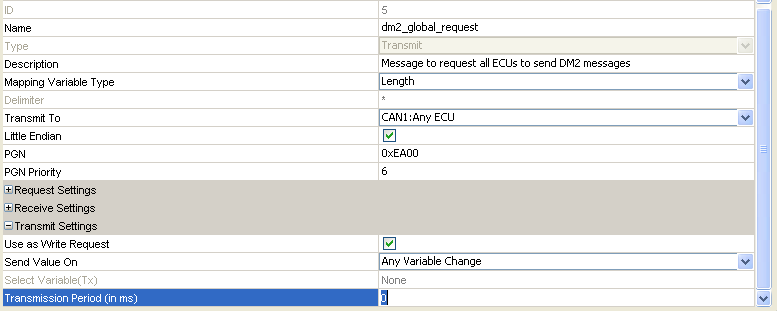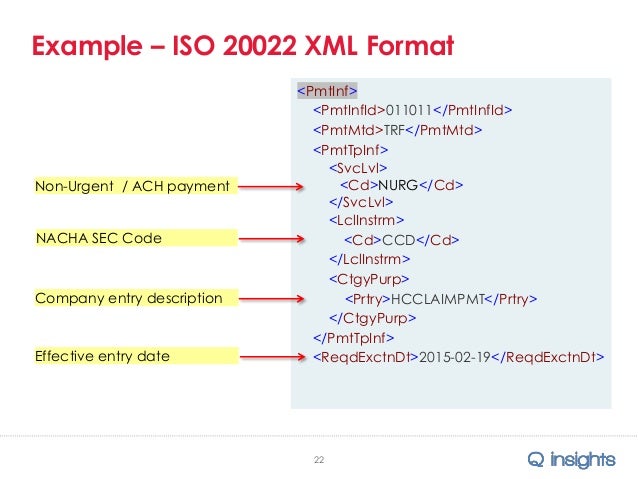

- #J1939 DM1 MESSAGE FORMAT HOW TO#
- #J1939 DM1 MESSAGE FORMAT SERIES#
Handles access rights … may not want everyone to see all data.Breaks and reassembles large messages into smaller messages for sending over the network.

Adds or looks at who sent the message and where the message going.Adds “header” and “trailer” to message for determining if errors occurred in message transmission, start and end of frame, etc.Translates bits to waveforms required by electrical interface.OSI Network Model Layer Number 7 6 5 4 3 2 1 Application Application Presentation Presentation Session Session Transport Transport Network Network Data Link Data Link Physical Physical Physical Transmission Media Failure Mode Identifer (FMI): Used to say how a particular SPN has failed.This is used in the fault codes to tell us which part is having a problem. Suspect Parameter Number (SPN): The particular element which is having a problem.Start of Frame: Bit used to indicate the start of a CAN frame.Source Address: Address of who is sending the message on the datalink.Priority: The highest priority is zero.PDU2 Format: Format used when broadcasting information.PDU1 Format: Format used when specifying a destination address.Parameter Group: A collection of parameters that are conveyed in a J1939 message.

Parameter Group Number (PGN): a 24 bit identifier used to identify a message which contains a particular group of parameters.
Protocol: A protocol is the “language” of how to communicate between devices. These are handled by the “transport protocol”. Multipacket Message: Messages which require multiple CAN data frames. Message: One or more CAN data frames which transfer a complete piece of information to other devices on the datalink. J1939 Frame End of Frame Bit Start of Frame Bit ACK Field Header # of bytes 8 bytes of actual data CRC Priority # PDU Format Source Address 4 bits representing numbers 0-15 typically 8 Actual data you are trying to send Used for Error Checking
Frame: A series of data bits making up a complete message. Note: J1939 allows both 11bit and 29 bit Identifers to coexist on the same network. Extended Frame: A CAN frame which contains a 29 bit identifier as defined in the CAN2.0B standard. End of Frame: 7 bit field which marks the end of a CAN frame. Electronic Control Unit: same as a device. Device: Any physical component which listens to or sends information out on the J1939 datalink. Destination Address: Address of who is suppose to receive the message. Data Field: 0-64 bit field in the CAN data frame which contains the actual data such as oil pressure or coolant temperature as defined in J1939/71 standard. Cyclic Redundancy Check (CRC): Error control mechanism used to detect when a message was corrupted during transimission. CAN Data Frame: Series of ordered bit fields. Bit Field: Number of bits which are grouped together. Datalink: Term used to describe how devices communicate with each other also referred to as a network.







 0 kommentar(er)
0 kommentar(er)
